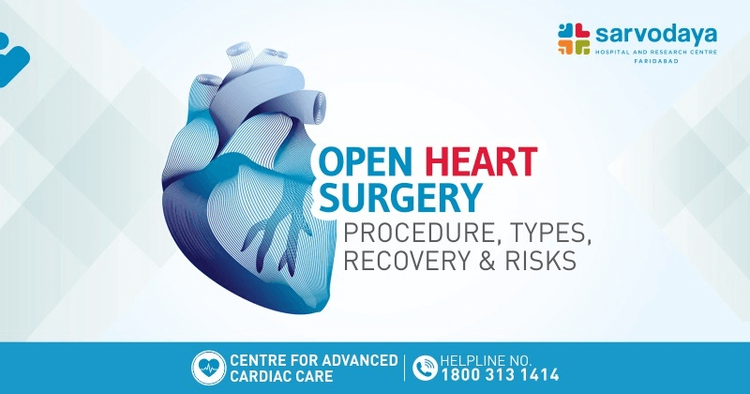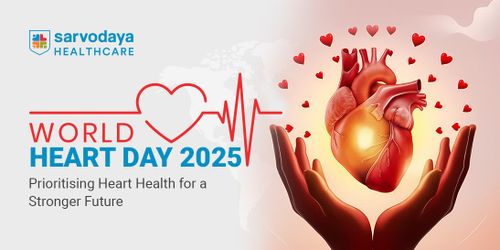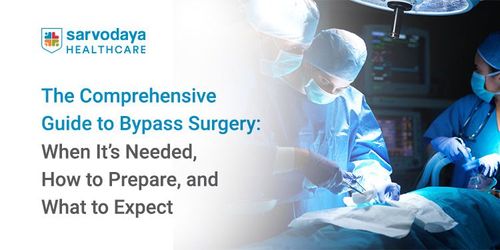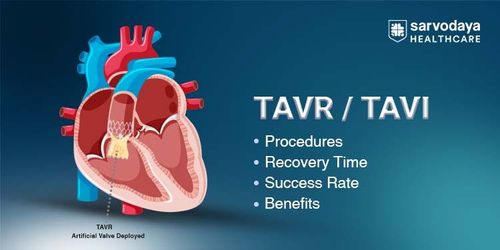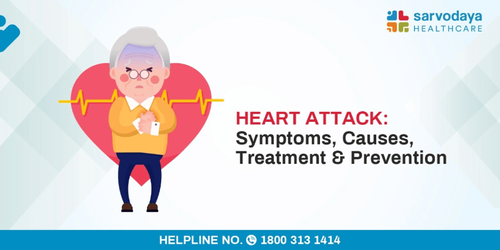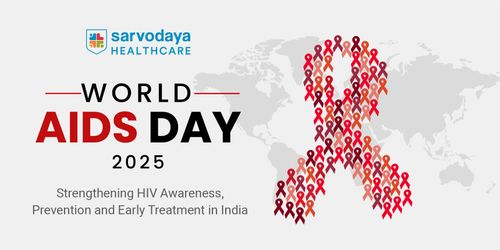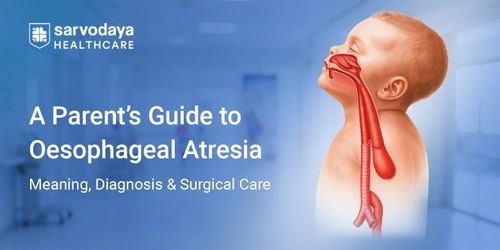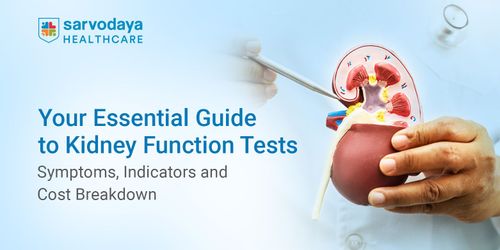During open heart surgery, the chest is cut open to get direct access of the heart so that the heart specialist can perform the surgical procedure. Usually, an incision of eight to ten inches long is done to get access to the heart. However, the length of the incision depends very much on the specific procedure.
Procedure Of Heart Surgery
Open heart procedure may take from three to six hours and usually follows the basic steps:
- General anaesthesia is given to the patient to ensure they feel no pain throughout the whole surgery.
- An incision of 8- to 10-inch is made in the chest.
- The incision is made through all or part of the breastbone to get direct access to the heart.
- A heart-lung bypass machine is connected to the patient once the heart is accessible. This machine helps to move blood away from the heart which is needed for open heart surgery. However, not in all cases, they use this machine. Now almost 98% of the bypass surgeries are done off pump
- To make a new passage around the blocked artery, the surgeon uses a healthy vein or artery in that place.
- Once done, the surgeon closes the breastbone by leaving the stitch-wire inside the body.
- Finally, they stitch the original cut.
For high-risk patients, sternal plating is done where the breastbone is closed with the titanium plates after the open heart surgery. Usually, patients who’ve had multiple surgeries or are of elderly age are counted under the high-risk patient category.
Types Of Heart Surgery
Advancement in medical science had introduced new techniques, such as laparoscopic or minimally invasive procedures, though only a small percentage of patient qualify for this, open heart procedures are still performed at a regular basis to treat many heart conditions.
Open heart procedures are done to:
- Bypassing blocked arteries (Bypass Surgeries)
- Repair or replace heart valves
- Closure of holes of heart (Congenital Heart Defect)
- Repairing of heart vessels
- Repair damaged or abnormal areas in the heart
- Perform heart transplant surgery
Coronary Artery Bypass Grafting
Coronary artery bypass grafting or commonly known as CABG is the most common type of open heart surgery performed often on adult patients. Patients suffering from atherosclerosis or coronary heart disease are prescribed to go under this surgery. Under this surgery, a revascularization process is used where a portion of a healthy artery or blood vein from another part of the body is used to create a new passage around the blocked blood vessel. This way, it restores the normal oxygen and nutrients flow to the heart.
Off-Pump CABG: Off-pump or “beating heart” bypass surgery is the surgical technique that allows the heart to beat during the CABG surgery. This surgery helps to reduce the complications attached to open heart surgery and also reduced the need for blood transfusion.
Recovery Of Heart Surgery
The recovery time may differ from patient to patient. The patients are moved to the Intensive Care Unit (ICU) straight after the surgery to ensure that they receive proper post-surgery care. The duration of ICU stay can be somewhere around 2-3 days. After that, the patient may shift to the normal ward for another 3 days, by 6th day patient gets discharged.
While discharging from the hospital, the patient will be guided with detailed instructions about the do’s & don’ts they can perform at home. The precautions may include:
- To perform breathing exercise
- The daily intake of water needed
- How to care for the incision to heal faster
It is always advised to try and get back to a normal daily life once you are back home. This helps the body to heal properly.
A good heart hospital not only have the best heart specialists & helps with the treatment but also provide efficient after-care to the patient to ensure a smooth recovery.


